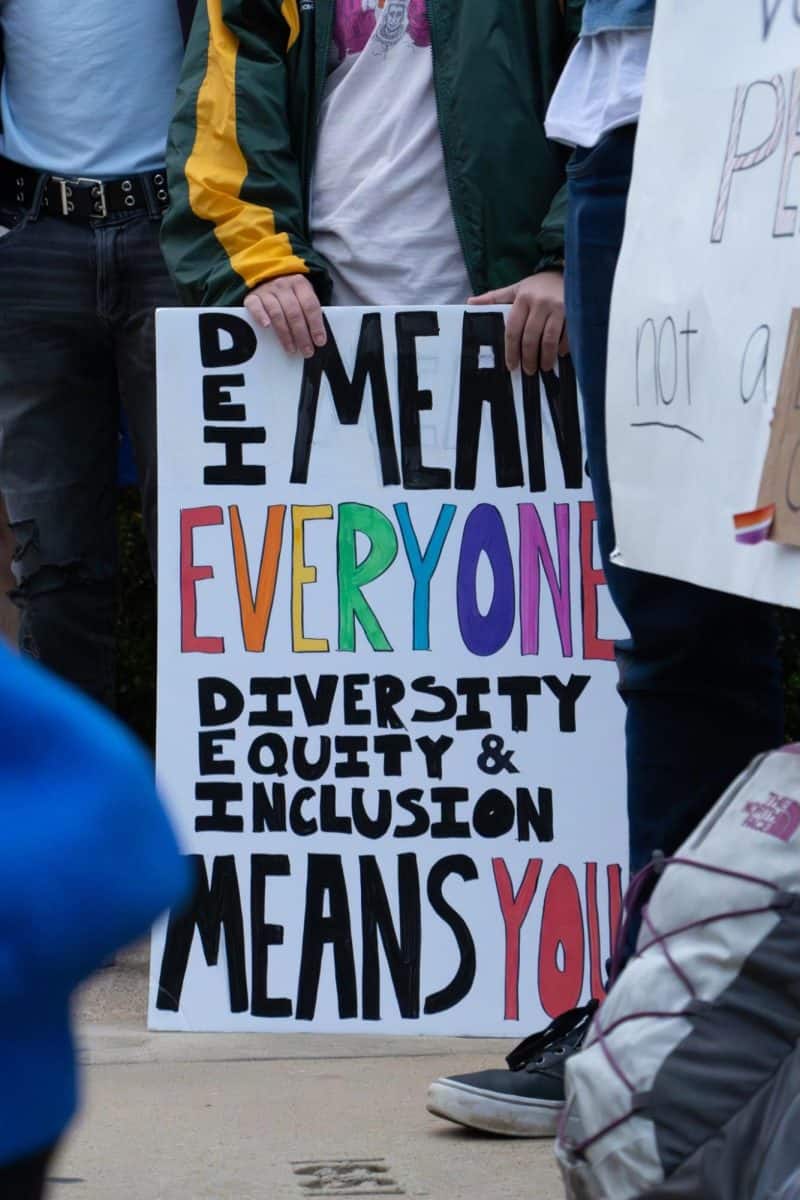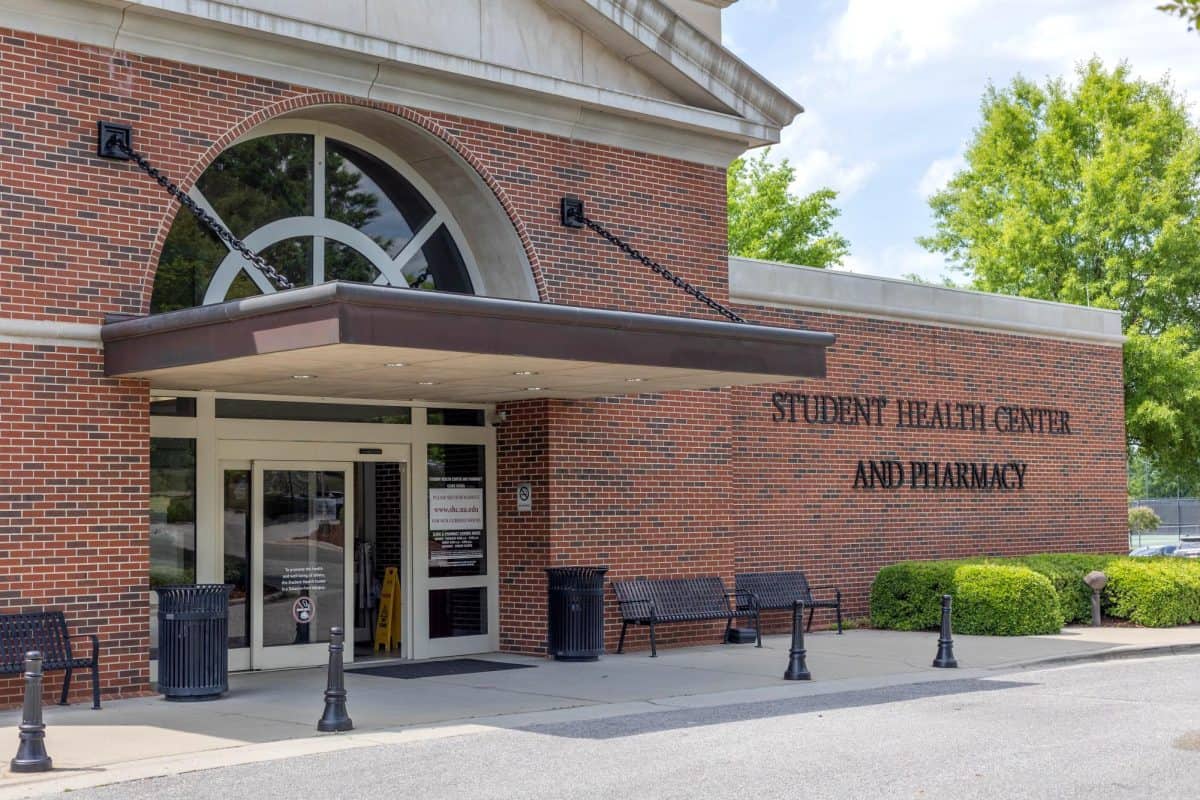Alabama Republicans have once again shown there is no effective justification for their platform and policies.
In a recent opinion article published in 1819 News, UA College Republicans Chairman Riley McArdle attempts to muddy the waters surrounding the debate on Alabama Senate Bill 129, which bans DEI discussions in Alabama’s public school systems, as well as recent DEI reforms at Harvard and MIT. Beyond his attacks on local critics of the bill, McArdle compares apples and oranges in regard to Alabama’s ban on DEI to that of Harvard and MIT’s recent DEI reforms.
Distracting from his false comparison, McArdle covers a variety of side issues including a response to SB 129 by Alabama Democratic Party Vice Chair Tabitha Isner. Isner reposted news on X that Governor Kay Ivey had signed the bill into law, attaching a satirically paraphrased quote saying, “I value Alabama’s diversity, so long as the minorities don’t get too loud or too comfortable.”
In defense of Governor Kay Ivey’s signing of SB 129, McArdle argues that the policy the Governor signed is justified. In his justification, McArdle ignores the broader implications of muting critical discussions on race and identity in the classroom. DEI initiatives are designed to promote a deeper understanding and appreciation for diversity that creates an inclusive environment for all students.
McArdle also attacks an illustration and article by AL.com political cartoonist JD Crowe. Crowe’s illustration recreates the infamous photo of Alabama segregationist Governor George Wallace standing in a UA schoolhouse door. Ivey is portrayed standing in front of the very same door that Wallace stood in before in defiance of black students’ integration into the Capstone.
In what appears to be an attempt to deflect the comparison between Wallace and Ivey, McArdle notes Wallace’s political party affiliation as a Democrat. What McArdle misses is that political ideologies and affiliations change over time and hate belongs to no particular political party.
Naturally, the issue with Wallace is not what his political party was, but rather the policy he represented and enforced. In comparing Wallace to Ivey, Crowe is attempting to call out the demagogic practices and policies that Ivey supports, which often echo and honor the actions of Wallace’s tenure as governor.
Crowe’s cartoon shows us that while we’ve come a long way in 60 years, we still have a long way to go. As a society, we must reject hate in all forms. Oftentimes it requires a great deal of introspection and uncomfortable conversations with people we may not share a lot in common with, including political viewpoints.
McArdle also takes a swing at Birmingham Mayor Randall Woodfin. Woodfin posted online that if SB 129 passed, he would encourage black athletes to pursue careers outside of the state of Alabama. McArdle argues that instead, Woodfin should worry about lowering Birmingham’s crime rate.
The audacity of ‘right-wingers’ in America to call out our major cities for their crime problems while actively supporting policies that make our cities unsafe is a hallmark of their political playbook. For example, the state of Alabama has one of the highest gun violence rates in the country, averaging 25.5 deaths per 100,000 residents, while also having some of the most relaxed gun laws in the country. But writing about these “pesky facts” probably would not help with the right-wing’s “American carnage” argument because dropping crime rates and intellectual honesty do not win them elections.
McArdle’s piece highlights the supposed “lack of liberal outrage” and reaction to changes to the DEI programs at Harvard and MIT. However, there is a stark difference between the colleges themselves getting rid of certain aspects of DEI in the hiring process and state governments actively seeking to disband DEI and so-called divisive concepts altogether in public schools.
McArdle’s comparison between the outrage in Alabama and the lack of outrage directed at Harvard and MIT is comparing apples to oranges.
The history of Alabama is marked with racial strife. From the start of our history to now, Alabama’s past casts a looming shadow over policy arguments and attempts to dismantle DEI initiatives. This history of racial injustice in Alabama underscores the need for these programs and the necessity of more engagement with issues of diversity, equity, and inclusion. Attempts to shut down these necessary discussions about race only serve to deepen pre-existing racial divisions.









